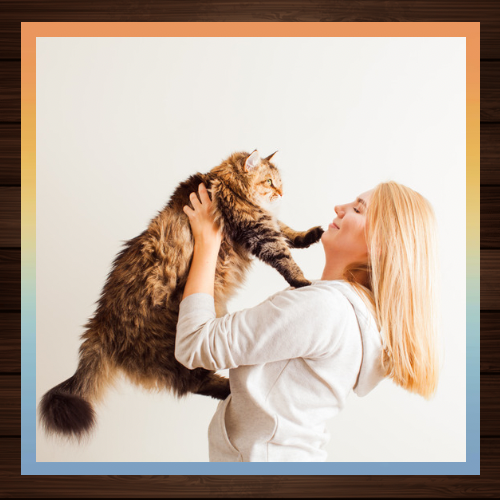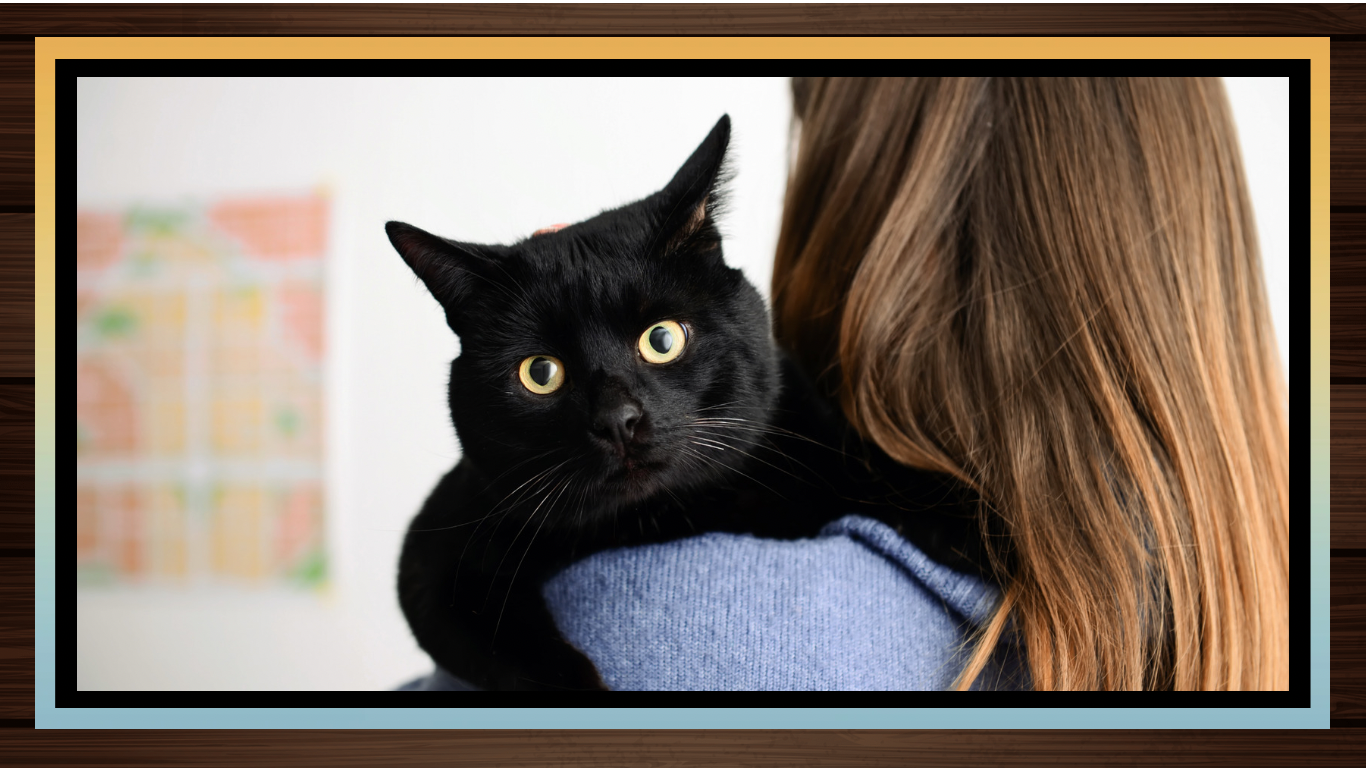Living with a cat gives you a glimpse into their nature. From their curious head tilts to their vocalizations that leave us pondering about their thoughts and feelings.Their tendency to mimic behaviors has piqued the interest of owners worldwide.Why do cats imitate us? What does this behavior suggest about the bond between felines and humans?

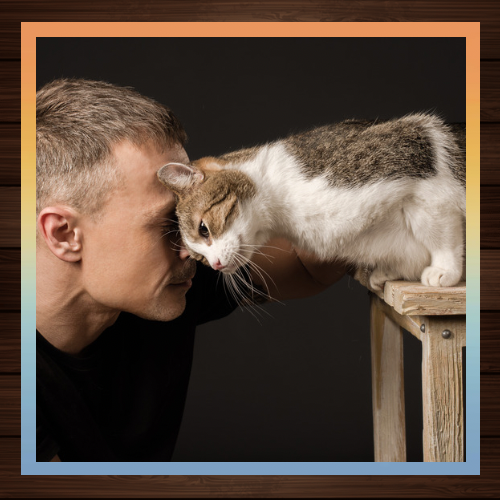
Cats are experts at keeping an eye on things.
In their state in the wild as solitary hunters cats have evolved to be observers of their environment to locate prey and stay alert to dangers lurking nearby. This heightened sense of awareness carries over into domestic life where they divert their attention toward their surroundings including the humans they live with. Cats commonly keep a close eye on their “caretakers” (playfully referred to as “Karen”) often copying their behaviors and daily habits.
Cats often mimic humans by following their routines and habits, in their own unique way; when a human spends time working at a desk regularly; the cat might choose to sit nearby or even perch on the desk itself imitating the act of sitting and concentrating like their human companion does on a daily basis. Although, it may seem like seeking attention at glance; some experts propose that this behavior reveals something more profound, suggesting that cats adjust their actions to align with their human household dynamics.
Mimicking Communication.
Even though cats can’t talk like us humans do with their cords alone, by mimicking our behaviors they have their way to connect and communicate. Some researchers suggest that imitation might serve as a means of forming social connections, between cats and people. Through mirroring our actions cats could be trying to build a stronger bond and improve their relationship with us.
For instance, a cat could imitate a persons body language by sitting down when they sit or napping when they nap. Cats also tend to reflect moods. When a person is peaceful and at ease their cat may snuggle up next to them displaying a feeling of calmness. Conversely, if the individual is anxious the cat may grow more vigilant even mirror the tension in their posture.

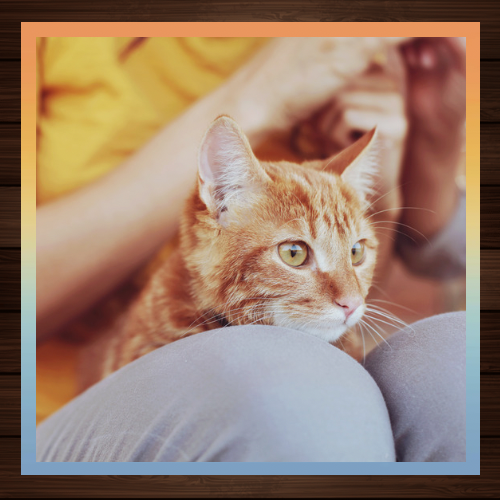
The Unusual Method Cats Imitate Human Speech.
Cats are quite different from dogs when it comes to following commands from humans. They don’t really respond like that to commands like dogs do when spoken to clearly and directly by their human companions. Cat owners often notice that their feline friends engage in “conversations” with them by mimicking their tones and pitches while meowing back in response to words or phrases that are spoken to them.
Did you know that cats have a way of communicating with humans by reserving their meows for us? In their habitat and among felines in the wild they rely on body language and scent to convey messages instead of vocalizations like meows we hear at home from our furry friends! It seems that over time domestic cats have cleverly adapted this behavior to catch our attention by mimicking speech patterns when they “talk” to us in their special way! These intelligent creatures have learned that their meows and purrs can prompt reactions from us such as food or affection.
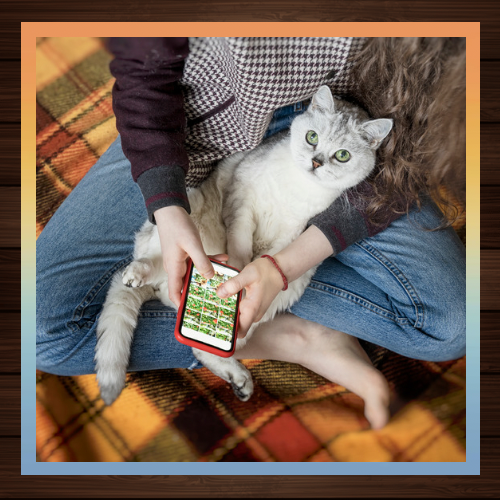

Establishing a routine together fosters trust between individuals.
Established patterns are significant in the lives of cats as they are creatures that seek familiarity and stability in their routines much like humans do. By adopting the habits of their owners over time cats might be demonstrating a sense of security and reliance in their surroundings. This imitation fosters a feeling of harmony leading to a connection between humans and their feline companions.
Feeding your cat at a time each day can lead them to anticipate the mealtime and even arrive a bit early in expectation of it. Cats might also adapt their sleeping patterns to align with their owners routine. This synchronization of schedules over time fosters a stronger bond between the cat and its human companion as the feline mimics behaviors to integrate smoothly into the humans lifestyle.
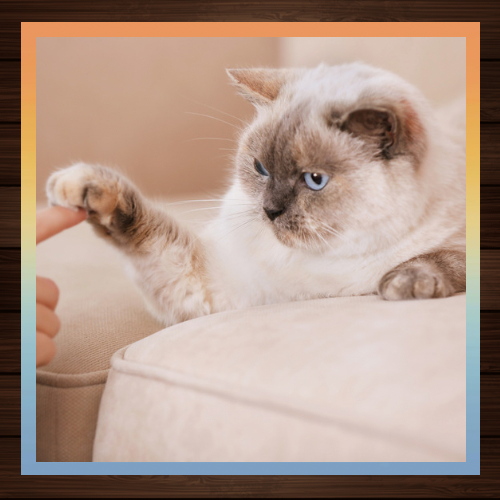
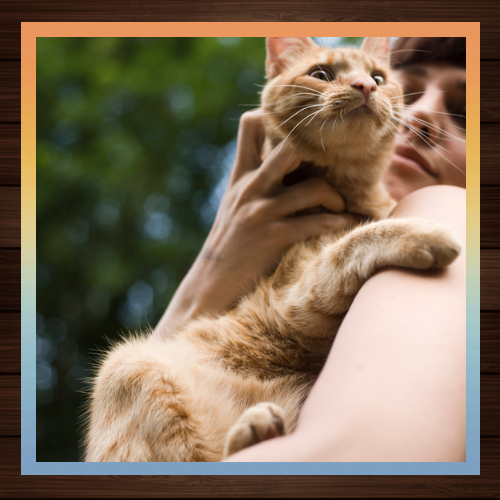
Playing with imitation.
During playtime, cats show that behavior too. When humans display playfulness or high energy levels cats tend to reciprocate by participating in play activities. Certain cat owners observe that when they move briskly or communicate cheerfully their feline companions are more inclined to dash or leap at toys. Mimicking during play can serve as a means for cats to strengthen their bond with humans through shared interactions enhancing their relationship with their companions.
When it comes to solving problems cats also learn by imitating others behaviors. Sometimes a cat may observe its human opening a door and then try to copy that action by using its paws to handle the door in the same way. This type of imitation is about learning from an example rather than communicating with others.
Distinct Features of Cats Emulating Humans.
Cats can be quite intriguing in how they mirror the behaviors of their companions without any gain for themselves. In some cases, a cat may sit in front of a screen as though watching TV just because their owners do the same. Others may trail after their humans throughout the house when theres no treat or meal involved. This imitation highlights a connection between cats and people that goes beyond survival—it’s, about companionship and building shared moments together.
Some research hints that cats might mimic their owners facial expressions to some extent. A tidbit! Though the evidence is not yet conclusive on this matter and is still evolving in the realm; numerous pet lovers attest that their feline companions exhibit “smiles” or “pouts” that align with their feelings at times—contributing an enigmatic charm to the bond between humans and their furry friends.
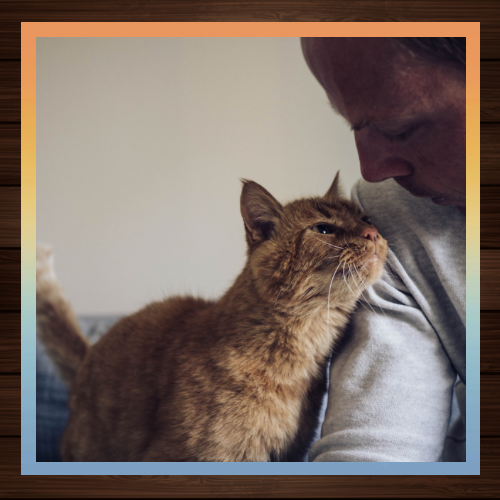
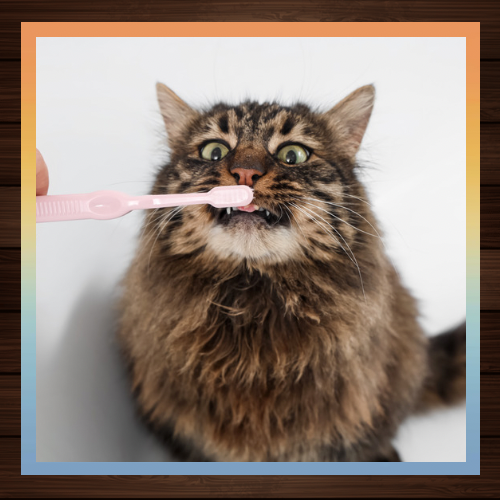
Why Emulation Isn’t Everything.
Remembering that although cats might imitate some behaviors from their humans does not change the fact that they’re independent creatures with distinct personalities of their own. Some cats, show a tendency to watch and emulate their counterparts while others may appear disinterested. This diversity can be influenced by the cats type, temperament, and the social interactions they had during their stages of development.
Even though cats sometimes imitate us a bit here. There they still hold onto their independence fiercely. They might mimic our actions at times. They are definitely not replicas of us. Cats always keep a part of themselves veiled leaving us intrigued and captivated by their essence.
Interesting Tidbits About Cats and Their Ability to Imitate.
Pets like cats often adjust their sleep patterns to sync with their owners schedules by mimicking their sleeping habits of following their nocturnal instincts.
Did you know that cats use more than 100 sounds to communicate with humans? Research indicates that cats may be able to identify their owners voice; however, they tend to disregard it at their convenience.
During playtime cats sometimes imitate movements such, as jumping or pouncing when they observe actions by humans.
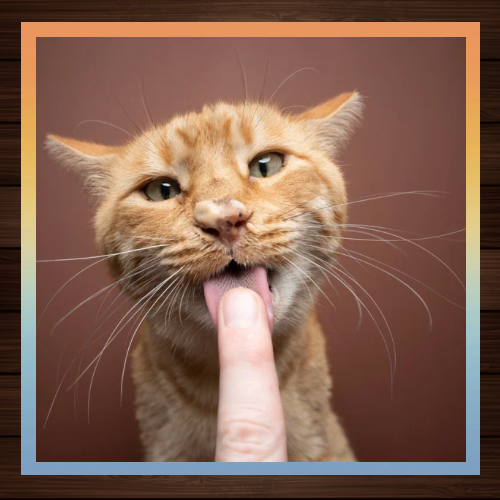
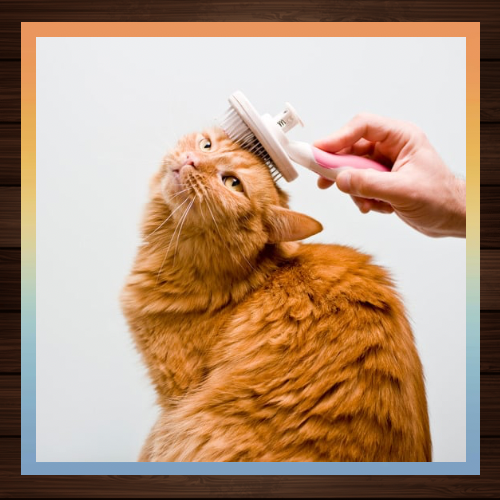
In summary the enigmatic imitator.
Cats often mimic our actions like following our routine or sitting in our place and even responding to us verbally which goes beyond survival instincts. This imitation shows the strong connection cats build with their human friends and gives us a special peek into the intricate and sometimes puzzling world of cat behavior.
References.
1. The cry embedded within the purr. https://www.sciencedirect.com/science/article/pii/S0960982209011683
2. Attachment Bonds Between Domestic Cats and Humans. https://www.sciencedirect.com/science/article/pii/S0960982219310863
3. The Domestic Cat: The Biology of Its Behavior. https://assets.cambridge.org/97811070/25028/frontmatter/9781107025028_frontmatter.pdf
